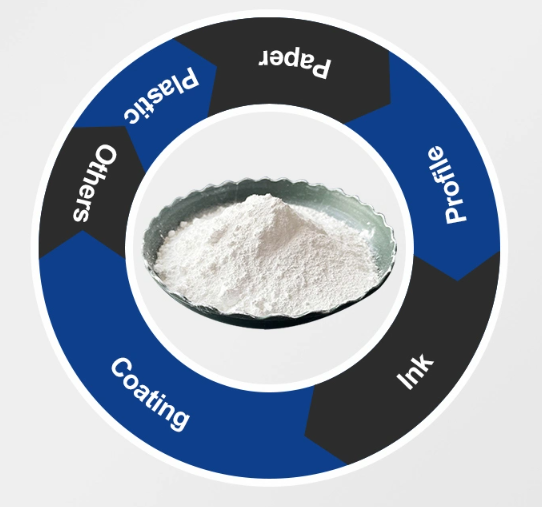
9 月 . 22, 2024 06:59 Back to list
what is lithopone
Lithopone is a fascinating white pigment that has been widely used in various industries since its invention in the 19th century. Composed primarily of a mixture of zinc sulfide (ZnS) and barium sulfate (BaSO4), lithopone is known for its excellent opacity and durability, making it an ideal choice for a range of applications, from paints and coatings to plastics and rubber.
.
Lithopone comes in two primary grades, lithopone 28 and lithopone 30. Lithopone 28 contains 28% zinc sulfide and 72% barium sulfate, while lithopone 30 comprises 30% zinc sulfide and 70% barium sulfate. The difference in composition affects the brightness and opacity of the final pigment, allowing manufacturers to choose the grade that best suits their specific needs.
what is lithopone

In addition to its use in paints, lithopone is a vital ingredient in the production of high-quality plastics. It enhances the whiteness and opacity of plastic products while also providing them with better UV resistance, which prolongs the lifespan of the materials. Furthermore, lithopone is employed in the rubber industry, where it serves as a filler that not only improves the physical properties of the rubber but also enhances its durability.
The versatility of lithopone extends to the cosmetic industry as well. It is used in various makeup products to achieve a smooth application and an even skin tone. Its non-toxic nature makes it suitable for use in products applied directly to the skin, providing an aesthetic finish without compromising safety.
Despite the rise of alternative pigments and materials in recent years, lithopone remains a valuable option for manufacturers seeking a reliable, high-quality white pigment. Its combination of safety, effectiveness, and versatility ensures that lithopone will continue to play a significant role across numerous applications in the years to come.
-
Lithopone for Plastic & TiO2 R-5568/SK-6658 Masterbatch Solutions
NewsMay.30,2025
-
China Leading Rutile TiO2 Manufacturer - R5566 & R996 Grades Available
NewsMay.30,2025
-
High-Purity Anatase & Rutile TiO2 Powder Trusted Manufacturer
NewsMay.30,2025
-
High-Purity Anatase Products Trusted Supplier & Manufacturer
NewsMay.29,2025
-
Best Price Eco-Friendly Rutile TiO2 Supplier & Wholesale Factory
NewsMay.29,2025
-
Chinese Anatase Titanium Dioxide for Ceramic Glaze Reliable Supplier
NewsMay.29,2025
